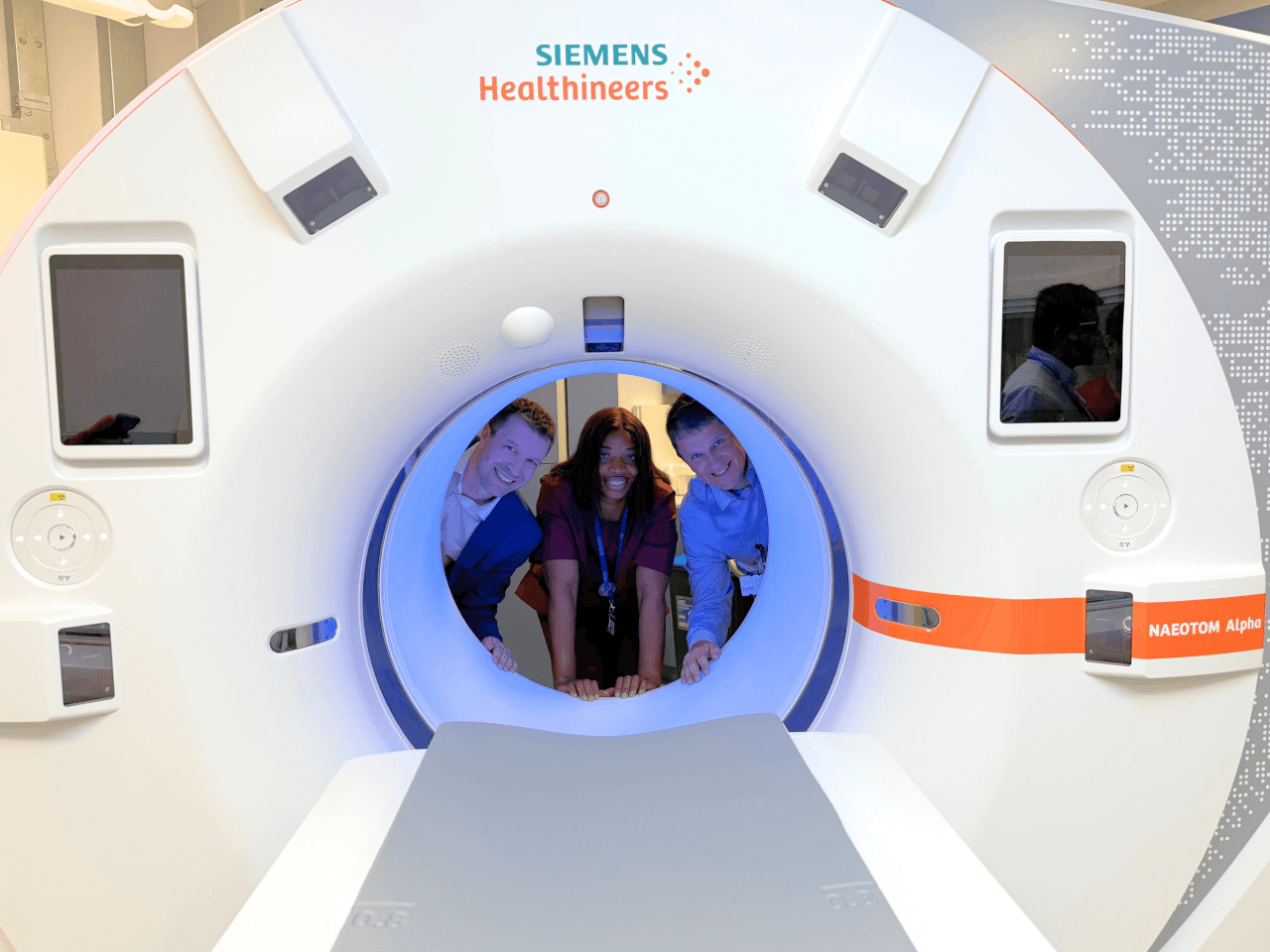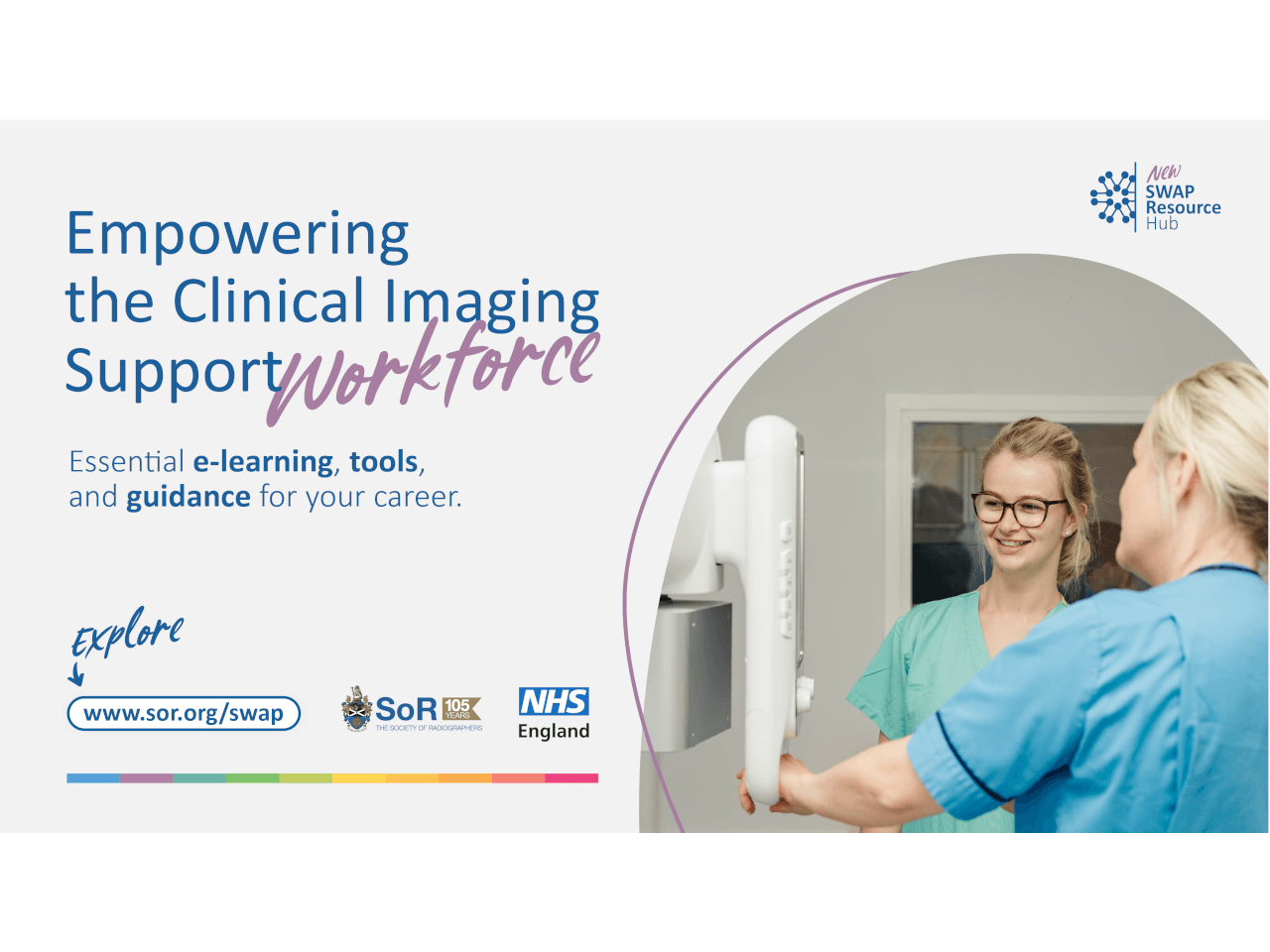The HLH Imaging Group: tech-powered teleradiology company making waves in NHS Lung Cancer Screening and beyond

Tech-enabled teleradiology company The HLH Imaging Group (HLH) has revolutionised end-to-end delivery of teleradiology by harnessing the capability of advanced AI technology and subspecialist expert radiologists to its innovative cloud-based screening IT platform. The HLH Imaging Group is demonstrating how combining human expertise and AI can significantly improve patient outcomes and healthcare efficiency at national scale.
For five years, The HLH Group has supported the world-renowned NHS England Lung Cancer Screening programme, enabling radiology reporting across geographical boundaries.
HLH is currently reporting over 30,000 NHS lung cancer screening CT scans a month across all seven regions of England – with an industry leading turnaround time of three days. “At inception, noone truly thought deeply about how to deliver the reporting of these scans at scale in an already burdened system,” recalls Professor Sam Hare, CEO and co-founder of The HLH Imaging Group. Yet, radiology quickly emerged as pivotal to successful implementation of national lung cancer screening. Professor Hare and his team stepped into this gap, developing an innovative approach combining cloud technology, artificial intelligence and expert chest radiologists.
The primary issue HLH identified was not in fact a lack of subspecialist radiologists, but rather inefficiencies in how radiologists were deployed. “We have around 250 thoracic radiologists in England,” Professor Hare explains. “We identified a way to allow them to work together nationally rather than locally, with some of the best-in-class technology.” To achieve this, Professor Hare and COO and co-founder Dr Graham Robinson founded The HLH Imaging Group establishing a cloud-based IT platform with a national digital footprint connecting up existing NHS radiology systems, radiologists and supporting them with embedded AI. Radiologists can now read scans remotely, at national scale with substantial increased efficiency. The reporting options are also flexible, with an emphasis on local engagement of the clinical teams rather than ‘pure outsourcing’; radiologists can report via HLH or report on the national system under job plan or WLI.
Central to their strategy is the integration of artificial intelligence. HLH uses a range of validated lung nodule detection AI solutions to rapidly identify lung nodules and calculate their volumes. The combined human expert-AI model has significantly improved efficiency and accuracy in lung cancer screening. Currently, The HLH Group coordinates around 170 NHS-based thoracic radiologists, processing more than 30,000 scans monthly, far exceeding the capacity of most hospitals individually. “We’ve managed to solve a critical workforce issue whilst retaining core NHS values,” Professor Hare notes. “We’re diagnosing 60 to 70 per cent of lung cancers at stage one, which is remarkable and advise trusts in all aspects of the pathway, from the front-end through to the screening review meetings.”
The company’s impact extends further, influencing broader healthcare pathways through automation. The HLH Group introduced a pioneering, clinically driven, RAG alert digital notification system for lung cancer screening, thereby automating result triage. This has helped local nurses and administrative staff rapidly navigate the outcomes of radiology reports. “We’ve become orchestrators of the patient journey in tandem with local teams, rather than just remote image interpreters,” Professor Hare describes.
The HLH Imaging Group has already begun leveraging its model beyond lung cancer, initiating projects and reporting in cardiac, prostate and neuroradiology. “Our model can be applied broadly,” Hare observes enthusiastically. “It’s agile, efficient, designed by doctors who know the clinical challenges and every workstream is supported by best in class AI.”
The HLH Imaging Group‘s vision exemplifies the transformative potential of integrating technology with human expertise in healthcare. It represents not just an advancement in lung cancer diagnosis but a blueprint for addressing broader healthcare challenges in the NHS where there is greater synergy between hospital and external providers. “We’re not just solving today’s issues; we’re setting a standard for the future,” concludes Professor Hare.
If you would like to contact The HLH Imaging Group about lung cancer screening, specialist lung reporting (eg: interstitial lung disease), cardiac backlogs and prostate reporting, please contact info@thehlhgroup.com.
Picture: Director of IT and clinical systems David Douglas, commercial and operations director Saul Charalambos, CEO Professor Sam Hare, COO Dr Graham Robinson, CMO Aniket Tavare and CSO Jonathan Rodrigues.
This news story has been sponsored by the companies concerned and does not represent the views or opinions of RAD Magazine.



